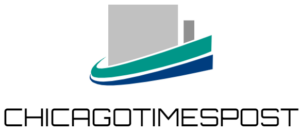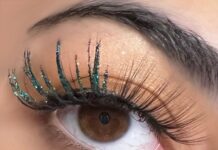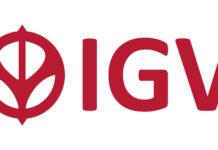Pool got first played in Europe in the 15th century. Initially, it was an outdoor game played by nobility and called The Noble Game of Billiards. However, with time the game became an indoor game played on a green table (to mimic grass).
Today, several companies manufacture and sell pool equipment, including tables, balls, cues and cases. The pool cue manufacturers of today are all vying for a slice of this ever-growing demand for cues. In this blog post, we take a detailed look at the pool cue industry.
It is interesting to note that in market research that was done in 2019, the top 5 companies dealing in poll cues were reported as controlling a combined 44.14% of the market share. These companies are Hamson, LP, Jianying Billiard, XINGPAI, and Master. As of 2019, industry growth was projected to surge by 1.7% by 2025, with the base year being 2020.
The reality is bound to be less attractive for manufacturers in the wake of COVID-19 and its impact on entertainment activities globally. On the one hand, there has been an increase in indoor leisure activities as the world focuses on staying indoors in a bid to observe social distancing during the pandemic. On the other hand, a lot of businesses providing non-essential services are bound to close down, thereby precipitating a decline in revenues.
Aside from the cue manufacturers, in terms of regions, the highest sales in 2019 were reported in Europe, whose consumption was 34.65% of all global production. Other areas in order of cue appetite are North America, followed by Asia-Pacific, South America, Middle-East, and Africa. The fastest-growing market was found to be Asia-Pacific.
The billiard halls industry refers to business premises that are furnished with billiards equipment for customers to rent by the hour. They include sports halls, recreational centers, and clubs. These are especially popular in African countries.
They are also operational in larger markets like the United States, where rates vary between $6.0 -$12.0 an hour to use a pool table. In Africa, at least, this segment of the market does not show any signs of letting up in the long run, as these establishments are a major nightlife entertainment spot. This demand by recreational centers has led to a projection of market growth of 2%.
It also emerged that increasingly, customers are getting more particular in matters of quality. This goes for the actual product, as well as customer care, specifically after-sales services. The companies that invest in good customer experience will naturally reap the best terms of market share. In the same line, building adaptive and inclusive marketing strategies will see an increase in the market for manufacturers.
Final Thoughts
Other factors like higher demands by Casinos and resorts, bars, as well as an expanding appetite for custom-built luxury equipment should drive up revenues in the coming years. However, these great expectations should be tempered by the reality that overhead costs, as well as the cost of raw materials, have also been on a steady rise in response to the growing demand for cue sticks.
It will be interesting to see the end-line figures by the end of 2025.







